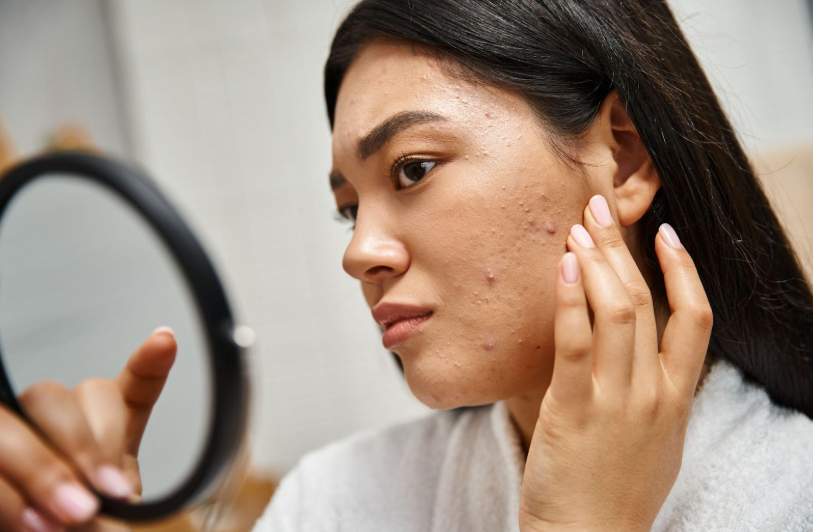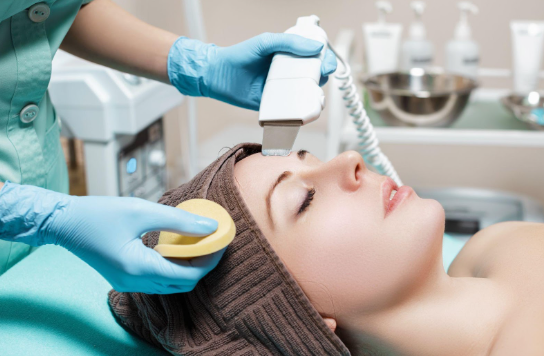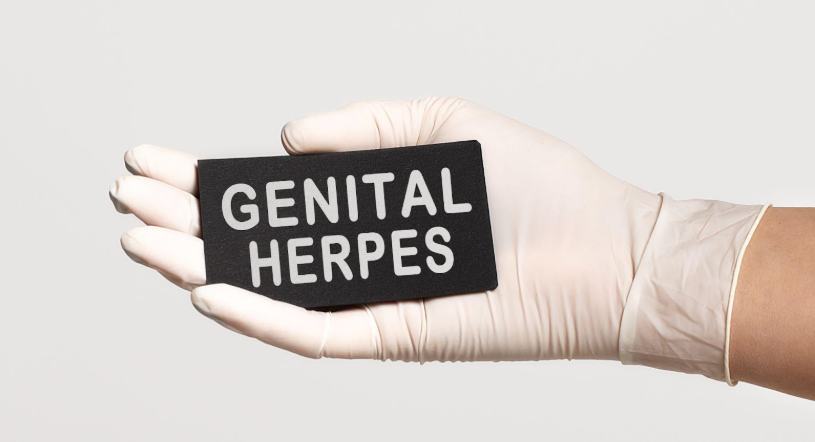I remember when it took a certain amount of determination and time to gather information and complete research on a given topic. Most of that research was done in the library. That time spent, and the determination needed, was a sort of fail-safe mechanism that made you want to make sure the information you were gathering was trustworthy, accurate and from a reliable source. Today it takes just a few quick words typed into a search engine, and a deluge of information drops right in your lap. Unfortunately this information is often presented in a way that makes it hard to tell what is real and what is a sham. Obviously, there is a lot of grey area.
With regard to sunscreen, there is confusing and conflicting information floating around the cloud, the web and wherever else information resides these days. Every year or two, a new “report” about the dangers of using sunscreen surfaces and spreads at an unbelievable rate. Articles and blogs make assumptions and associations that I feel mislead people and ultimately may cause them to make poor choices for themselves and their families. The truth is, we do not have it all figured out. There are, and always will be, many questions that require answers. For those of you who do not want to read the entire blog, the bottom line is this: UV radiation is a known carcinogen, whether it comes from the sun, tanning beds, arc welding or any other source. Sunscreen protects us from this UV radiation and decreases rates of skin cancer development. For those of you who want a bit more info, I offer my opinion. When it comes to sunscreen, here is what I believe is accurate, researched, and what I trust for my family and myself.
1. Sunscreen is safe
There are many reports and many popular websites making claims that sunscreen is unsafe and may even cause cancer. While these reports and claims place the blame on certain chemicals and added ingredients in sunscreen, there is often very little credible evidence to support these claims. Let me give you a few examples.
Vitamin A (retinoids)
There is are “Groups” with significant presence on the internet, which claim that different types of vitamin A found in some sunscreen formulations, namely retinyl palmitate, may cause tumors to grow. Let me begin by saying that forms of vitamin A called retinoids are, and have been used for quite some time in all kinds of skin care products. The study that these groups cite is an FDA study that is 10 years old and has been disputed by several other later studies. As a physician, I can say that we use retinoids in the treatment of many diseases and have for decades. Of note is their use in the treatment and control of skin cancers in patients who have weakened immune systems. Many patients who have received organ transplants are at high risk for developing aggressive skin cancers due to their anti-rejection medications. We use retinoids to help control the development and growth of skin cancers in these patients. To claim that retinoids make tumors grow is false, and it is dangerous to suggest to the public. There is simply no recent evidence to support the idea that retinoids cause cancer.
Oxybenzone
This is a common ingredient in what we call chemical sunscreens. There is speculation that this chemical may cause cancer, may disrupt hormone levels in humans, and is rapidly absorbed into the skin. These accusations are simply false. With regard to these chemicals causing cancer, there is evidence to suggest that oral administration in mice may actually prevent skin cancer development. In terms of hormonal interaction, the studies that suggest hormones are influenced by these chemicals used large amounts to cause hormonal disruption. It would take somewhere between 40 and 200 years of application of large amounts of sunblock to achieve these levels in humans. Again, it is easy to be scared into believing exaggerated reports and these reports make for great and interesting stories that garner media attention and website hits. While the stories may grab our attention with their sensationalism, it does not make them true. They serve only those who propagate them and do nothing to protect us.
2. Sunscreen use decreases rates of skin cancer development
There is very strong evidence to suggest that regular use of sunscreen protects us from developing skin cancer. The articles above are only a handful of many. As a board certified dermatologist, I can say with confidence that sunscreen protects you from the damaging effects of UV radiation.
3. Don’t always trust the web
There are websites that claim to help you identify “dangerous” sunscreens or help to inform you about the “worst” sunscreens. I encourage you to ask yourself these questions when you encounter websites and articles such as these: How do they determine what is dangerous? What evidence are they citing? Do they then go on to offer up a particular brand that you can purchase by simply clicking their Amazon link?
Many of these sites do not report the methods used to arrive at their results. Referring back to the “Groups” mentioned earlier, their methods include listing sunscreen as a health hazard if it contains vitamin A derivatives or oxybenzone, has an SPF of 50 or higher, or can be inhaled. It offers no real evidence of risk, states dangerous ingredients that are well documented as safe (as noted above), includes high SPF formulations as “hazardous,” and does nothing other than reference a few obscure and fringe reports to support its claims. Again this does nothing for you or your family other than to create more worry and more confusion. Their website then goes on to ask for donations to help the cause. Despite popular belief, Dermatologists get no money from the sunscreen industry and have nothing to gain from the use or sale of sunscreen. I receive free samples from some of the sunscreen makers, which I hand out in my office and at skin cancer screenings. I have no other affiliations with the sunscreen industry, nor do I own any stock in the companies.
There was also a recent report that some sunscreens do not actually provide the SPF protection that is stated on the package. This report made national headlines, as it should. This said report created great concern for everyone, especially dermatologists. I do believe that more studies need to be performed to find out what is going on with this particular situation. A single report is not always confirmatory or correct. My problem with the report in question is that the methods used in the testing are not clear. Thus if we wanted to reproduce the study, we couldn’t, which is a requisite for any legitimate study conducted. My recommendation in response to this report is to go with chemical sunscreens, as they tested better, and/or use a higher SPF to make up any possible difference. Remember, the sunscreens tested provided protection and this is what we are aiming for. Don’t let someone convince you not to use sunscreen just because a test showed variation in protection. All of the products offered some level of protection.
The Final Word
So what can we gather from all of this? In my professional and personal opinion, sunscreen is safe. It should be a regular part of your skin care regimen. There are several important things that you need to look for in a sunscreen.
1. The product should be SPF 30 or higher. I make an argument for higher SPF later.
2. The product should say “Broad Spectrum.” This means it protects you from the different damaging rays of the sun.
3. The product should say “Water Resistant.” There is no such thing as water-proof sunscreen.
Make sure you are applying your sunscreen correctly. Do not squeeze a big glob of it in your hand and try to smear it everywhere. Place small drops of sunscreen spaced regularly about every two inches over your skin and then spread it evenly. Work in small areas and be patient. If done correctly, it should not take more than a few minutes to properly apply the product to your entire body. In total, you should use approximately one ounce of sunscreen for each application. Remember to reapply every two hours. Do not forget that your scalp, ears, lips, feet, toes, palms of hands, and soles of the feet can burn, so protect them. For golfers who go to the beach, remember to put sunscreen on the tops of your feet. These areas do not see sun on the golf course and will burn very easy if not protected. Also, protect your eyes and wear the proper sunglasses.
Many experts often say that SPF 30 is all you need. Despite this, I believe that sunscreens with SPFs greater than 30 can be useful, and I often choose them for my personal use. There is evidence to suggest that higher SPF sunscreens offer extra protection in those individuals who typically do not apply the recommended amount of sunscreen, apply it less frequently than recommended, or apply it incorrectly. Although this goes against conventional wisdom, I can tell you from personal experience, my family and I get better protection from higher SPF formulations.
Also, I tend to steer clear of spray on sunscreen. Although it seems easy to apply, you may not be applying enough. However, my biggest problem with spray on sunscreen is that it rubs off too easy, especially if you are sweating or having fun in the water. In these situations the sunscreen is no longer protecting you the way it should. If it is windy outside, the spray sunscreens can be very ineffective.
I hope this blog helps to answer some questions you may have had with regard to sunscreen. Feel free to visit our Facebook page or Tweet us @pinebeltderm to post any additional questions or comments you may have! Pine Belt Dermatology does sell a few clinical strength sunscreen products. When you make a visit for a skin screening be sure to ask the provider about the products we offer!






